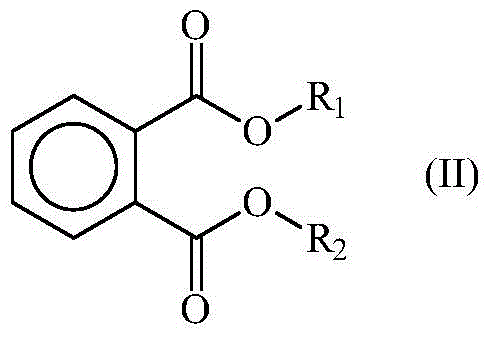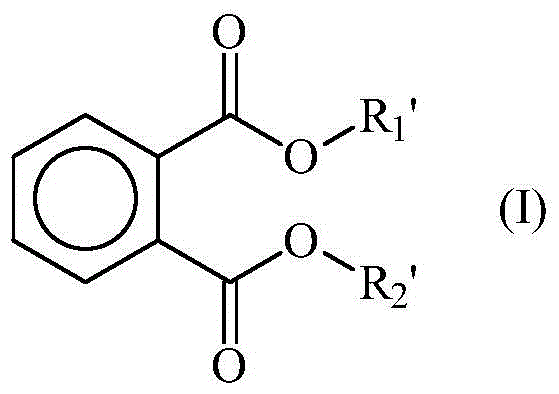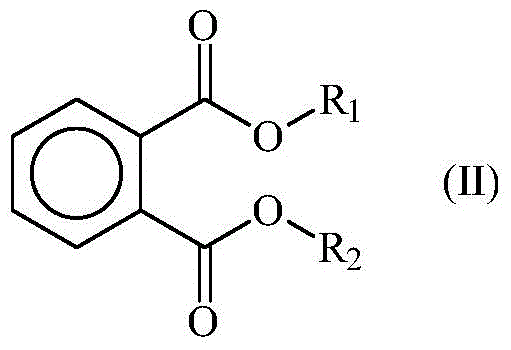Process for preparing polypropylene with lower ash content
A technology of polypropylene and propylene, which is applied in the high-yield field of polypropylene, and can solve problems such as troublesome purification, high cost, and time-consuming process
- Summary
- Abstract
- Description
- Claims
- Application Information
AI Technical Summary
Problems solved by technology
Method used
Image
Examples
Embodiment
[0178] A. Determination method
[0179] Unless otherwise stated, the following definitions of terms and determination methods apply to the above description of the present invention including the claims and the following examples.
[0180] Microstructural quantification by NMR spectroscopy
[0181] Quantitative nuclear magnetic resonance (NMR) spectroscopy was used to quantify the tacticity, regio-regularity, and comonomer content of the polymers.
[0182] use for 1 H and 13 C Bruker Advance III 400NMR spectrometers operating at 400.15MHz and 100.62MHz respectively to record the quantitative 13 C{ 1 H} NMR spectrum. At 125°C, with nitrogen for all cavities, by using 13 C Optimal 10mm extended temperature probe to record all spectra.
[0183] For polypropylene homopolymers, dissolve approximately 200 mg of material in 1,2-tetrachloroethane-d 2 (TCE-d 2 )middle. To ensure a homogeneous solution, after initial sample preparation in the hot zone, the NMR tubes were furthe...
PUM
| Property | Measurement | Unit |
|---|---|---|
| melt flow index | aaaaa | aaaaa |
| crystallization temperature | aaaaa | aaaaa |
| thickness | aaaaa | aaaaa |
Abstract
Description
Claims
Application Information
 Login to View More
Login to View More - R&D
- Intellectual Property
- Life Sciences
- Materials
- Tech Scout
- Unparalleled Data Quality
- Higher Quality Content
- 60% Fewer Hallucinations
Browse by: Latest US Patents, China's latest patents, Technical Efficacy Thesaurus, Application Domain, Technology Topic, Popular Technical Reports.
© 2025 PatSnap. All rights reserved.Legal|Privacy policy|Modern Slavery Act Transparency Statement|Sitemap|About US| Contact US: help@patsnap.com



